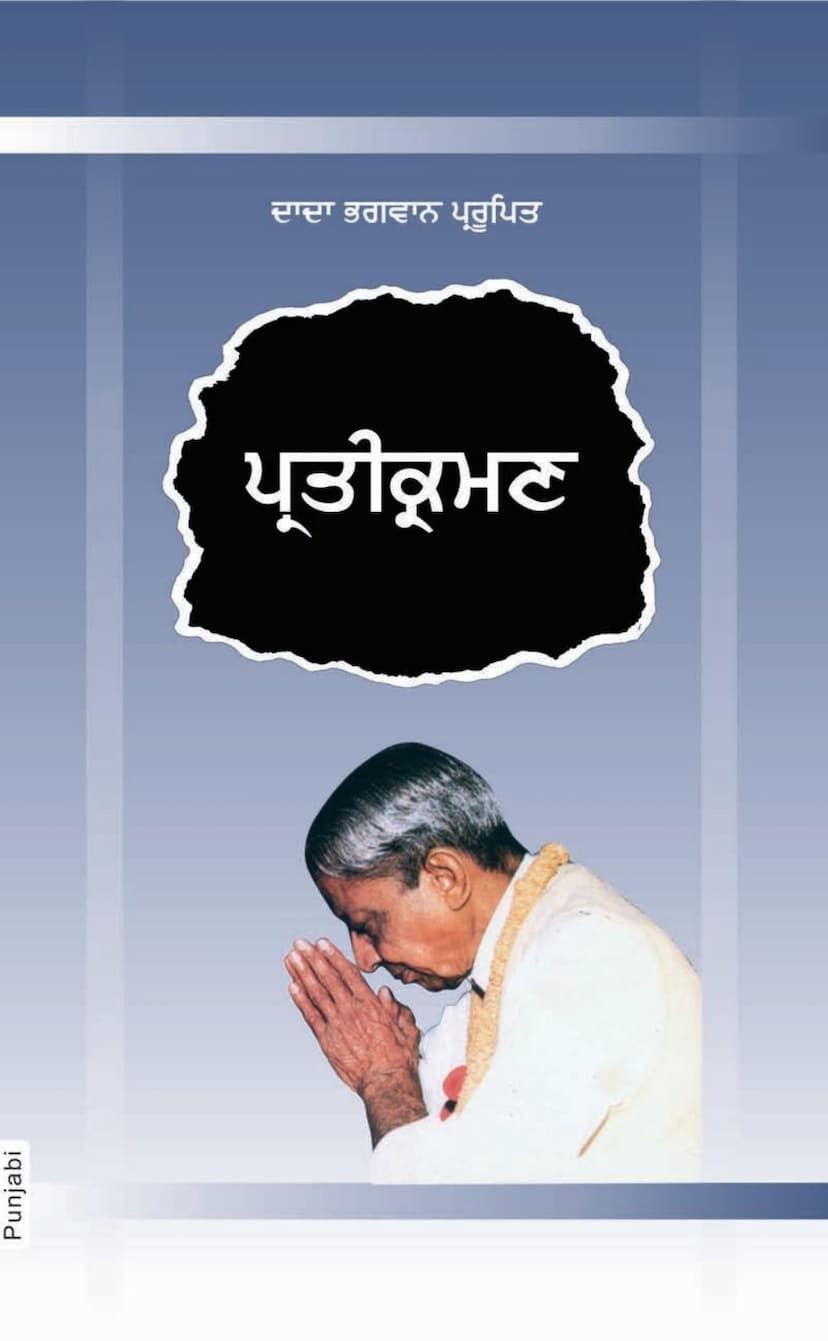Pratikraman Abr Punjabi
Added to library: September 2, 2025

Summary
Here's a comprehensive summary of the Jain text "Pratikraman Abr Punjabi" by Dada Bhagwan:
This book, translated into Punjabi, is a compilation of discourses by the revered spiritual master Dada Bhagwan (Shri Ambalal Muljibhai Patel). It focuses on the Jain practice and philosophy of Pratikraman, a process of introspection and atonement for one's actions.
Core Teachings and Concepts:
- Pratikraman as a Spiritual Science: Dada Bhagwan presents Pratikraman not merely as a ritual but as a scientific method for spiritual progress and liberation (moksha). It's described as a powerful tool to overcome negative karma and achieve self-realization.
- Understanding Atikraman and Pratikraman: The book clarifies that Atikraman refers to transgressions or mistakes, while Pratikraman is the process of rectifying them. The core elements of Pratikraman are:
- Alochana: Confession or acknowledging the mistake.
- Pratikraman: The act of atonement and requesting forgiveness.
- Pratyakhyan: The firm resolve not to repeat the mistake.
- The Akram Path: Dada Bhagwan's teachings are rooted in the "Akram Marg" (instantaneous path), which emphasizes that through correct understanding and practice, one can achieve self-realization and liberation in this very lifetime. Pratikraman is a key component of this path.
- The Role of the Gnani Purush (Dada Bhagwan): The book repeatedly emphasizes the importance of the Gnani Purush (the Self-Realized Being) as the direct link to attaining self-knowledge. Pratikraman is to be performed in the presence or remembrance of the Gnani Purush, addressing them as "Dada Bhagwan."
- Identifying Atikraman: The text explains that Atikraman occurs when one's mind, speech, or actions are not aligned, leading to transgression. This can range from anger, pride, deceit, and greed (kashays) to hurting others physically, verbally, or mentally. The book stresses that even subtle negative thoughts or intentions are considered Atikraman.
- The Science of Pratikraman: The book delves into the practical application of Pratikraman. It explains that Pratikraman should be performed "shoot on sight" – immediately after recognizing a mistake. If not possible, it should be done later the same day or as soon as possible. The goal is to prevent the karma from becoming more deeply ingrained.
- Pratikraman is not a Ritual but a Science: The book clarifies that mere repetition of words without genuine introspection and resolve is not effective. True Pratikraman involves sincere repentance, a desire for change, and seeking the grace of the Gnani Purush.
- Self-Responsibility and the Role of Nature: While the ultimate aim is self-realization, the book explains that for those not yet fully enlightened, Pratikraman is essential. Mistakes happen due to past karma and circumstances, but through Pratikraman, one cleanses oneself and dissolves the karmic ties.
- Beyond External Rituals: The teachings differentiate between superficial adherence and deep inner transformation. True Pratikraman leads to inner purity and detachment, not just external compliance.
- The Power of "Bhav" (Inner Intention): The book highlights that the inner feeling and intention behind an action are crucial. Pratikraman purifies the inner state.
- Addressing Various Situations: The book provides guidance on how to perform Pratikraman in various scenarios, including dealing with anger, speech errors, negative thoughts, harm to others, and even unavoidable actions that might cause harm (like farming). The emphasis is on the inner resolve and seeking forgiveness.
- Pratikraman for Spiritual Growth: The practice of Pratikraman is presented as a continuous process that leads to a reduction of errors, increased self-awareness, and ultimately, the path to liberation. It's described as a way to purify the soul and break the cycle of suffering.
- The Importance of Seeking Knowledge: The text encourages readers to understand the science behind Pratikraman and to approach the teachings with a genuine desire for self-improvement.
Structure and Content:
The book is structured as a dialogue between questioners and Dada Bhagwan, addressing a wide range of spiritual and practical dilemmas related to karma, self-awareness, and the path to moksha. The chapters cover topics like:
- The true nature of Pratikraman.
- How to deal with mistakes and transgressions.
- The concept of "Akram" (non-sequential) liberation.
- The role of the Gnani Purush in facilitating Pratikraman.
- Overcoming anger, pride, greed, and attachment.
- The difference between gross and subtle forms of conflict.
- The importance of sincere repentance and the resolve not to repeat mistakes.
- The impact of Pratikraman on karmic accounts.
- Pratikraman for various relationships and situations.
- The science of overcoming desires and negative tendencies.
In essence, "Pratikraman Abr Punjabi" serves as a practical guide for Jain followers and anyone seeking spiritual upliftment, offering Dada Bhagwan's profound insights into the cleansing process of Pratikraman as a direct path to freedom from karma and attainment of the pure Self.